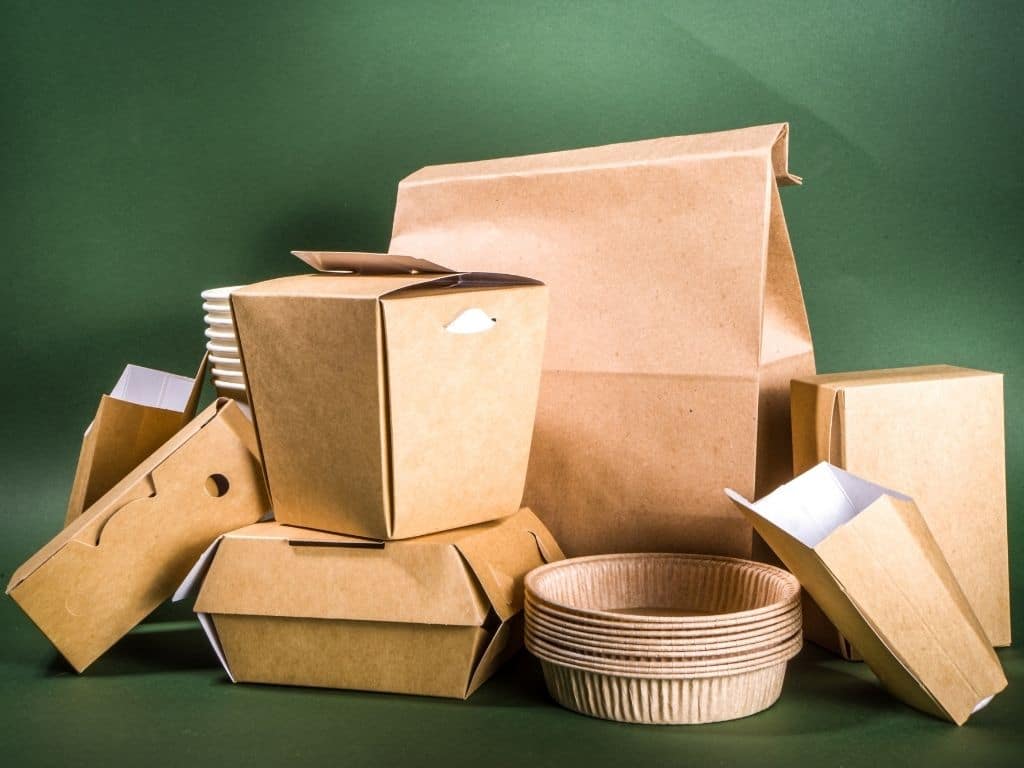Packaging plays a crucial role in our daily lives, protecting products and ensuring their safe delivery. However, the environmental impact of packaging waste has become a growing concern. In this blog post, we will explore innovative approaches to make packaging more sustainable, addressing the need for eco-friendly materials, efficient design, and responsible disposal.
- Eco-friendly Materials:
To achieve sustainable packaging, it is essential to consider the materials used. Traditional packaging materials like plastic and Styrofoam contribute significantly to pollution and waste. Instead, companies can explore alternative options such as biodegradable or compostable materials. For instance, using plant-based plastics derived from renewable resources can reduce the carbon footprint and promote a circular economy. - Efficient Design:
Designing packaging with sustainability in mind is crucial. Optimizing the shape and size of packages can minimize material usage and transportation costs. Additionally, lightweighting packaging materials without compromising product protection can significantly reduce waste. Implementing innovative design techniques like modular packaging or collapsible structures can also enhance sustainability by reducing storage space and optimizing logistics. - Renewable Energy:
Incorporating renewable energy sources into packaging production processes can further enhance sustainability. Companies can invest in solar panels or wind turbines to power their manufacturing facilities, reducing reliance on fossil fuels. Utilizing clean energy not only reduces carbon emissions but also showcases a commitment to sustainable practices. - Recycling and Upcycling:
Promoting recycling and upcycling initiatives is crucial for sustainable packaging. Companies can educate consumers about proper recycling practices and collaborate with recycling facilities to ensure the effective recovery of packaging materials. Additionally, exploring upcycling opportunities, such as transforming packaging waste into new products or materials, can further reduce environmental impact. - Supply Chain Optimization:
Sustainable packaging goes beyond the product itself; it involves optimizing the entire supply chain. Collaboration with suppliers and logistics partners can help streamline processes, reduce waste, and minimize carbon emissions. Implementing efficient inventory management systems and adopting sustainable transportation methods, such as electric vehicles or biodiesel-powered trucks, can contribute to a greener supply chain.
Conclusion:
As the demand for sustainable practices continues to grow, the packaging industry must adapt and innovate. By embracing eco-friendly materials, efficient design, renewable energy, recycling initiatives, and optimizing the supply chain, packaging can become more sustainable. It is crucial for companies to prioritize environmental responsibility and work towards a future where packaging not only protects products but also preserves our planet.

